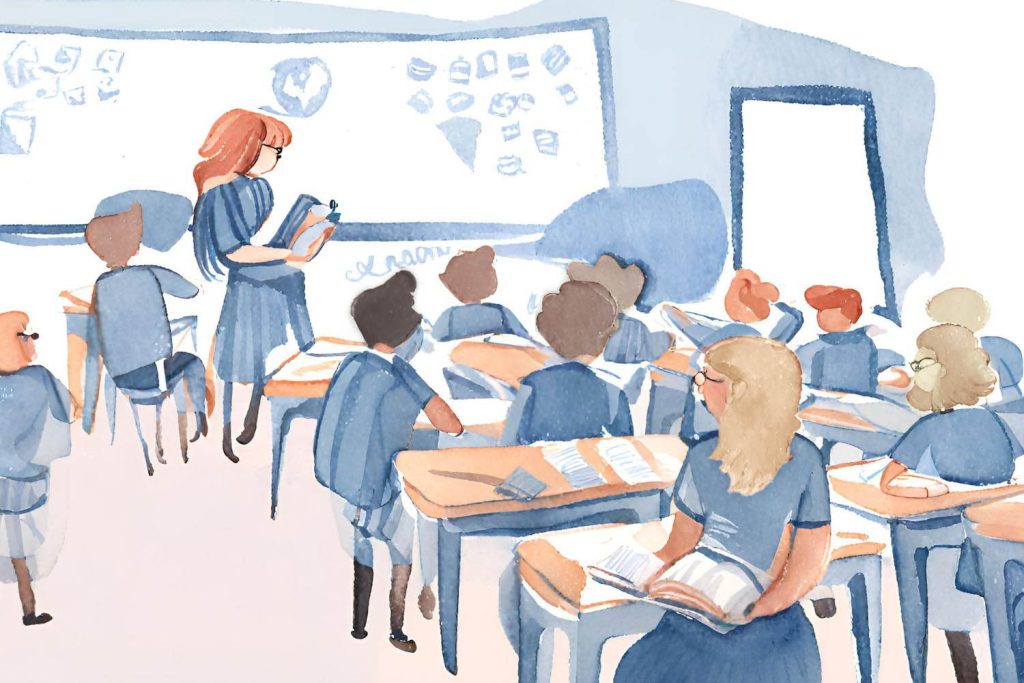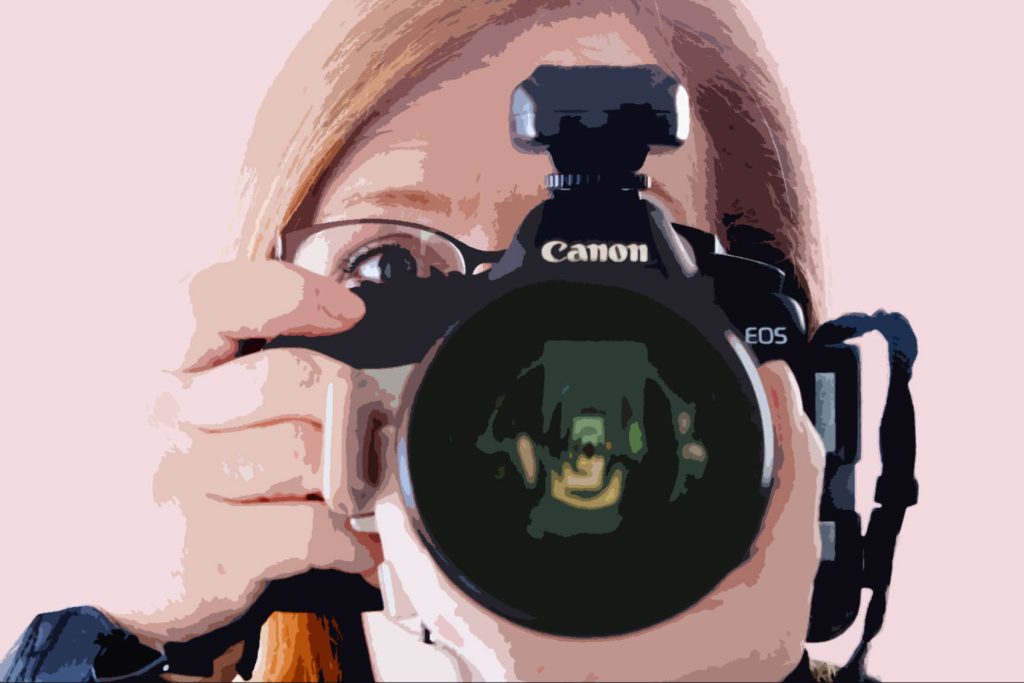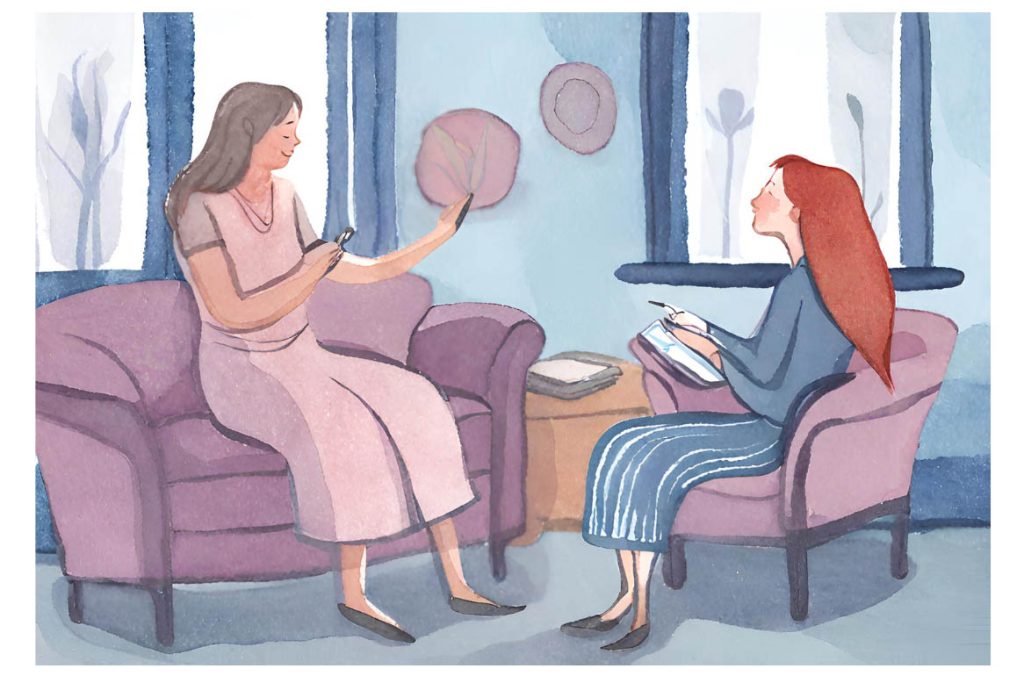
Teacher
A primary school teacher in the 1990’s

Photographer
Professional photographer 2006-2023

Counsellor
Neurodiverse affirming Counsellor, 2023…
A life of creativity
Lived experience of ADHD offers a unique experience to investigate mindful photovoice as a method to re-engage students who are challenged by the school environment. Working with children early in my career as a primary school teacher, I know all too well the demands of the classroom for some students can be sensorily overwhelming. Likely the reason I didn’t stay in the career for a very long time. Having a chair thrown at me by an 11 year old may have been one of the reasons I left teaching, but not the only one. Coming out of teachers college early in the 1990’s was a time when we had quite a different scenario about teachers. We had too many and not enough jobs. Fast forward to moving to Sydney, I left the teaching profession after only a few years, but the desire to teach was always in me. Getting a job with a tech company selling Apple computers to schools, I taught teachers how to set up networks and use their computers.
As a lifelong learner of all things, the desire to know how things work has always been part of my experience. A love for technology and all things photography started when I was young, the visual medium has always been an area that engages me, film or digital. Painting and art are at the heart of my family and although I may not be a great artist, the joys of letting the paintbrush wander always slows down the racing mind.
Changing careers multiple times should have been the hint earlier that I should seek a formal diagnosis of ADHD, but I think I’ve always known. From being told to stop waving my leg around when sitting watching TV, being too loud or not being able to stay in one place for too long, it was in my 20s when a friend who had a son diagnosed with ADHD and then she got diagnosed herself. She said to me, I think you may have it too, and I guess I accepted it and kept moving. Always drawn towards change and developing new creative ideas, the world of entrepreneurial photography attracted me 18 years ago as a way to live out my every creative thought and put it into action in front of a lens as I raised a family. As the pandemic hit at the same time as my body decided it no longer wanted to lug around the baggage a professional photographer needs, I knew something had to change. I had been slowly but surely heading towards a career as a counsellor for a long time as I worked with clients in the studio to overcome their inner fears about how they looked.
During the pandemic, I was drawn to mindfulness and although I’d practiced meditation for decades, I knew there was more to this for settling a busy mind. Studying Mindful Self Compassion with a friend just before the pandemic turned out to be a game changer for me. Having had a lot of therapy throughout my adult life, I had read so many helpful books on Cognitive Behaviour Therapy and worked through challenging times with a familial history of depression and anxiety, but Mindful Self Compassion seemed to be the thing that I found very helpful to soothe the inner turmoil.
At the same time when going through very difficult times, I picked up my camera and went outside. Allowing myself to walk and pay attention to what I was drawn to visually. Contorting myself into weird angles to get the best angle of a dragonfly or a bee in a bush, I found the purpose of these walks were to get out of my head and into the external world at first. It sounds very obvious to go for a walk, it will make you feel better, but when you are in a dark place, this can be an overwhelming task, so maybe wandering around your backyard was a good first step. A helpful counsellor once said to me, what is in front of you for the next 10 minutes and that was one of the best pieces of advice anyone has ever given me, confirming mindfulness as a pathway to moving in the direction I wanted to go.
I taught classes of adolescents and adults about the value of learning photography in manual mode. Although it started as a photography class, it always had a flavour of mindfulness to it. The Royal Botanic Gardens offered a great space to have a variety of beautiful colours, shapes, textures, smells, sounds and movement to look at and inspire any photographer. Setting up mindful photography as an idea, I think most thought it was a bit out there. They were right, it is about it being out there rather than in here! Parents of autistic adolescents gave positive feedback about the classes as a mixture of socialisation, getting outside, understanding the use of the technology and how every setting impacts the shot and connecting with others through the safety of the lens.
I continued to use the camera as a tool for mindfulness personally throughout the pandemic when classes were not able to run. It was a great way to connect the outside with the inside and find ways to process the difficult emotions of the changing world. Noticing that the bees were still pollinating the lavender, the spiders were still spinning webs, the world felt a bit less changed. Photographing sharp and pointy seeds helped to alleviate some of the anger that I felt and the growth of flowers through the cracks in concrete reminded me that growth can happen in the strangest of places.
Starting a post graduate masters is challenging at any age, but I challenged myself through Covid lockdowns to do the work required to become a qualified counsellor. Academia online was different to what I thought and getting used to the zoom screens turned out to be a convenient way to study without too many distractions. Focused on an area of lifelong interest, I found study to be the perfect antidote to the times.
Through a research thesis in the Masters of Counselling qualification, exploring the steady growth school attendance problems over the past 10 years and a strong uptick after covid, I’ve recognised the gap in what is required to engage some students who may have a history of trauma or neurodivergence. The outdated disciplinary model of truancy and heavy handed detentions only exacerbate the issue and although some schools have been slowly transitioning to have some sensory friendly areas, many classrooms today have an overwhelming impact for those who experience sensory processing difficulties. The realisation for some students that learning from home environments was possible and for some students preferable, going back to an “unsafe” environment continues to be challenging.
As 1 in 3 students over the past 12 months have reported persistent school attendance problems, the term School Can’t has been popularised to demonstrate the difficulties for some students. With a senate enquiry in 2023 investigating the problem, it is clear that disciplinary methods are having very little impact on some students capacity to cope with the stress and anxiety that the school environment. Researching the intersection between neurodivergence and school attendance problems, the data suggests the unmet sensory needs and the differences in the way some students experience their learning environment sets off alarm bells leading to a fight of flight response and reduced window of tolerance, not an ideal learning state.
As I continue to research novel ideas for bridging the gap between those who experience sensory processing difficulties, social anxiety and relationship challenges, I’m developing a research proposal to investigate photovoice method, participatory photography, hermeneutic photography and photo elicitation, incorporating mindfulness-based practice with photography for those who School Can’t in the hopes to re-engage students, promote awareness of differences in experience and develop new ways to provide optimal learning environments.
It turns out I really like research and academic writing and am considering a PHD!
To read more: https://doi.org/10.13140/RG.2.2.15034.36806

